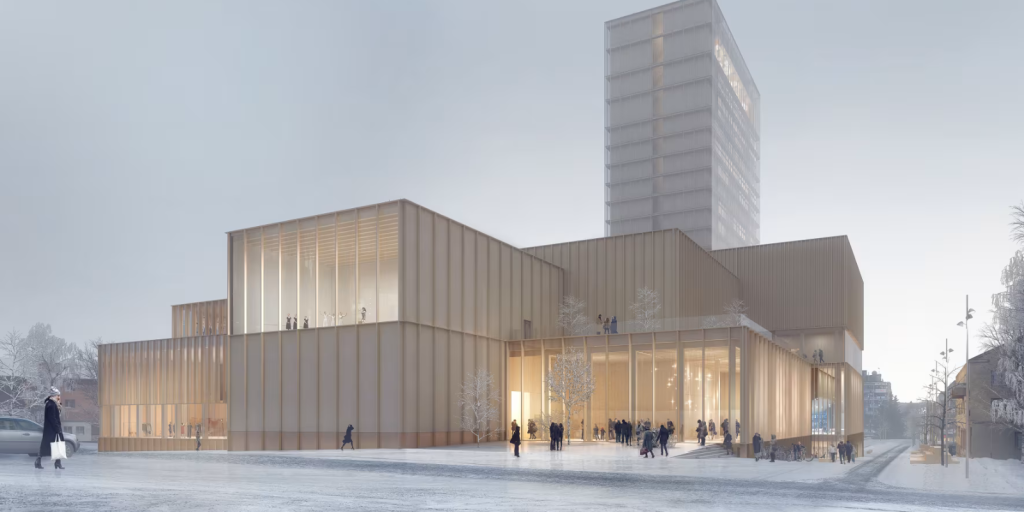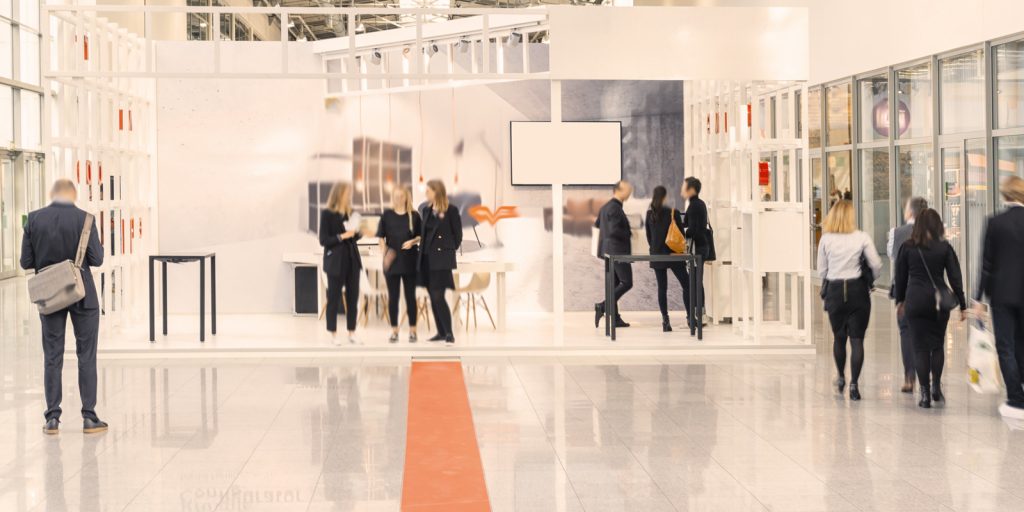X-LAM System: sustainable innovation for modern construction

In recent years, interest in sustainable building solutions has driven the adoption of innovative materials like the X-LAM construction system. In this article, we will examine the advantages of the X-LAM system and why it represents a sustainable choice for modern building projects. What is the X-LAM System? The X-LAM construction system is based on the use of cross-laminated timber panels, also known as CLT (Cross Laminated Timber). This cross-arrangement gives the material greater strength and stability compared to traditional solid wood; moreover, the panels can be produced in various sizes and thicknesses, according to the specific needs of the building project. Advantages of X-LAM Constructions The advantages of using the X-LAM system are numerous, let’s see some of them: Environmental sustainability: wood is a renewable material with low environmental impact, and the X-LAM system makes efficient use of it. The production of the panels requires less energy compared to traditional materials, contributing to the reduction of the overall environmental impact of the building. Reduced construction timelines: X-LAM panels are prefabricated in the factory and quickly assembled on the construction site, reducing overall construction times. This allows saving time and labor costs, making the X-LAM system a cost-effective choice for building projects. Lightness and strength: despite its lightness, the X-LAM system offers high structural strength. This makes it ideal for a variety of building applications, ensuring the stability and safety of the building. Design flexibility: thanks to its versatility, the X-LAM system offers numerous design possibilities. Panels can be shaped to fit different shapes and configurations, allowing architects to create creative and innovative projects. Thermal and acoustic insulation: wood offers excellent thermal and acoustic insulating properties. X-LAM panels improve the energy efficiency of the building and offer superior acoustic comfort, improving the quality of life of the occupants. Case Study: Sara Kulturhus Cultural Center The Sara Kulturhus Cultural Center is a significant example of a building constructed using the X-LAM system. Located in Skellefteå, Sweden, it stands as a contemporary architectural icon that merges innovation and sustainability. Courtesy White Arkitekter Designed by the Swedish architect firm White Arkitekter, the Sara Kulturhus features a bold and contemporary design that blends modern lines with natural materials. The structural heart of the building is made of X-LAM panels, which provide a combination of lightness and strength, allowing for wide openings and bright spaces within the building. These panels have been used for the walls, floors, and roof of the building, contributing to the construction speed and sustainability of the project. Thanks to wood as the main material and the use of the X-LAM system, the Sara Kulturhus Cultural Center stands out for its environmental sustainability. Wood is a renewable and low-environmental-impact material, and the use of the X-LAM system contributes to reducing carbon emissions during construction and to improving the building’s energy performance. Conclusions In summary, the Sara Kulturhus Cultural Center is an excellent example of how the X-LAM system can be creatively and innovatively used to create sustainable, functional, and aesthetically pleasing buildings. Its combination of contemporary design, environmental sustainability, and smart use of materials makes it a model to follow in modern architecture.
National Trade Shows in the Construction Sector 2024

The entrepreneurial model to which most engineering firms refer is often too focused on production and the associated economic aspects. However, participation in trade events in the construction and building sector can be equally important and informative. Here are some reasons why you should consider participating: Corporate promotion: interact with other industry professionals and promote your company. Customer acquisition: seize the opportunity to meet potential new clients. Technological updates: discover new technologies and software to improve business processes. Exploration of new materials and techniques: learn about new materials and construction techniques. Participation in training seminars: deepen your knowledge by participating in technical seminars. Here are some of the trade events in the construction sector for 2024: EDILEXPOROMA – Rome It will be held in Rome from May 15th to 19th, 2024, at the FIERA ROMA venue, and will involve approximately 400 exhibitors including public and private entities from the following sectors: Companies specialized in heavy construction (Excavators, Elevated Work Platforms, Scaffolding, etc.); Companies specialized in materials and plant systems (Lighting technology, HVAC, Home automation, etc.); Companies specialized in materials and systems for construction (Flooring and cladding, Windows and doors, Decorations, etc.); Companies specialized in plant and construction design (engineering firms and professional studios). SED Salone Edilizia Digitale – Caserta SED will take place in Caserta from May 23rd to 25th, 2024, at the A1 EXPO exhibition center and will involve various sectors: Software and digitalization; Solutions and materials for construction; Systems and home automation; Machinery and equipment; Lightweight construction. SAIE 2024 – Bologna SAIE trade fair will be held in Bologna from October 9th to 12th, 2024, at the Bologna Fiere venue, and will involve the following sectors: Design and Digitalization; Construction; Systems; Services and media. RESTRUCTURA 2024 – Torino RESTRUCTURA will take place in Turin from November 21st to 23rd, 2024, at the Oval Lingotto Fiere and will involve the following sectors: Redevelopment, recovery, and renovation of buildings; Green building. Take part of these events to stay updated on the latest developments in the construction sector and to expand business opportunities for your company.
Interference Management: integrated BIM-MEP design

Interference management is an aspect that involves all phases leading to the completion of a project, from the design phase to the execution phase. Managing interferences is not easy, especially when the project to be designed and realized involves many aspects, such as architectural, mechanical, electrical, and plumbing (MEP), and structural components. Possible interferences in the design phase To avoid errors due to interferences between these parts, it is important to rely on working tools such as BIM, which allow simultaneous work on the various components of the project and have the right comparisons already in the design phase. As already mentioned, the first interferences between design sectors manifest themselves in the initial design phase. The most common examples of interferences and conflicts that can occur between MEP and architectural components are as follows: space problems for the placement of systems; structural conflicts resulting from inadequate coordination. Integrated BIM – MEP design for interference management Resolving interferences in the design phase is crucial to avoid additional costs and delays in project completion. For this reason, it is important to rely on integrated design tools such as BIM – MEP, which allow optimal coordination between the various components involved in construction and data sharing among professional figures. Therefore, BIM – MEP design allows for complete coordination during the construction process, anticipating and resolving many issues and conflicts already in the design phase. The shared use of models allows for active management of interferences between systems and architectural and structural models, identifying and resolving system interferences even before they translate into execution problems. The benefits of integrated BIM-MEP Design The primary benefits of BIM-MEP design include: 3D development of the design. Integrated and interdisciplinary design facilitating collaboration and data sharing among various professional figures involved. Management of interferences between systems and the architectural and structural model. Rapid processing of projects. Ease of making changes to projects. Increased precision in evaluations. Reduced likelihood of errors and issues on-site. Accurate control over project timelines and costs. Improved clarity in communicating project decisions. Streamlined management even during the maintenance phase. Practical example of managing interferences between architectural and MEP projects The images below show an interference between architectural and MEP (Mechanical, Electrical, and Plumbing) projects. In particular, images 1 and 2 depict two design phases of the VRF (Variant Refrigerant Flow) system. Image 1 concerns the final design phase of the VRF system; in this phase, the elevator system, previously nonexistent, was incorporated. As evident from the image, the passage of VRF system piping interfered with the elevator shaft. The designers identified the interference through the integrated working method and found a solution already in the design phase (see image 2).
